Farewell to Zaha Hadid, the grand dame of architecture (1950–2016)

Dame Zaha Hadid, DBE passed away in Miami in the early hours of Thursday, 31 March.
Few architects defined an era like Hadid did. Born in Baghdad in 1950 she began her journey in architecture at the Architectural Association in London in 1972, following a degree in mathematics at the American University of Beirut.
Her work stood out for its innovative approach, mesmerising curves and beauty, that was simultaneously poetic and revolutionary. Her unique way of form-making was like nothing the architecture world had seen before and inspired a whole generation of architects. Her explorations in unexpected, dynamic shapes and innovative technologies transformed our perceptions of what architecture should look like and raised the bar for many who followed.
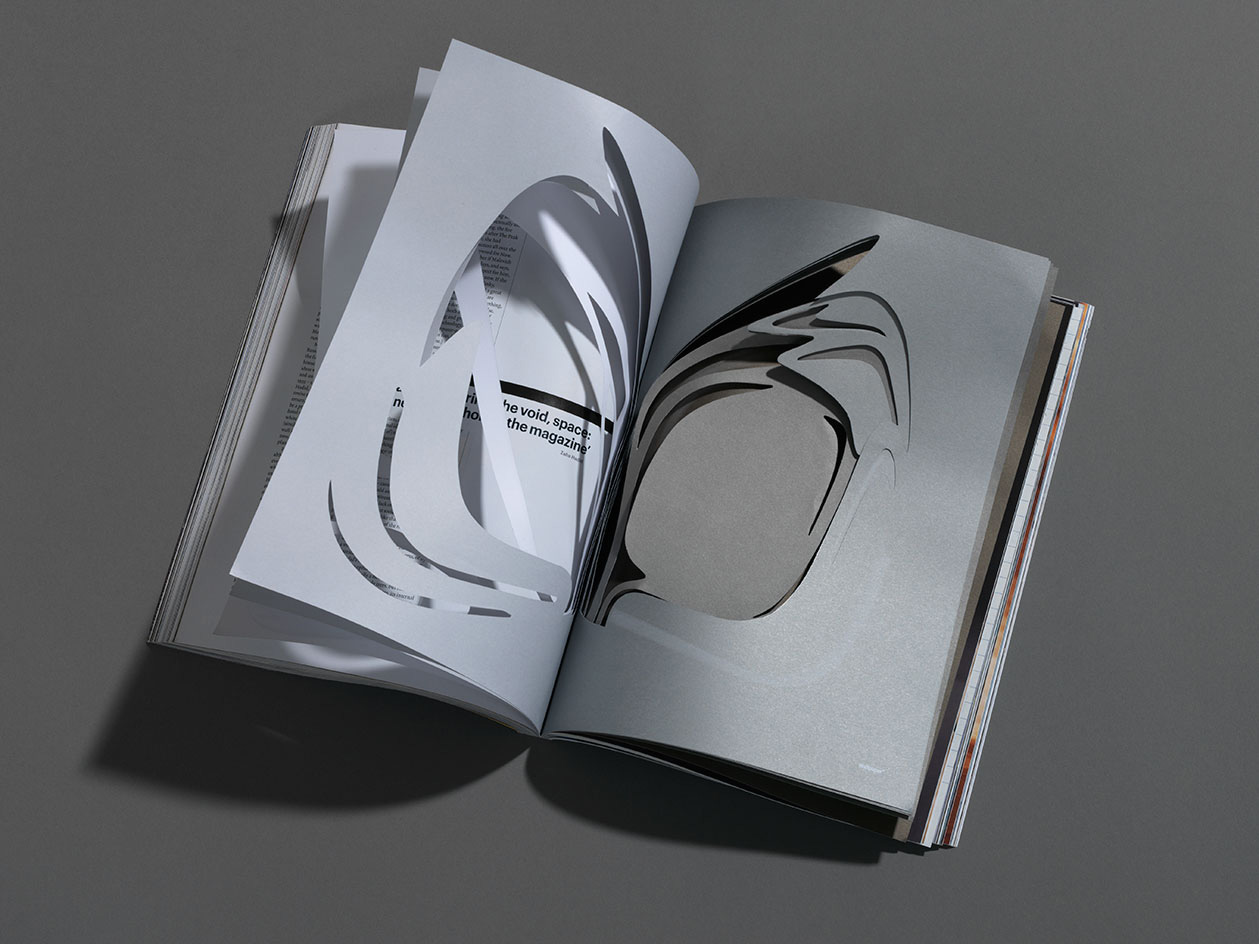
Her ground-breaking practice kicked off with theoretical works such as The Peak in Hong Kong (1983), a competition that sadly never came to be built; the Kurfürstendamm in Berlin (1986); and the Cardiff Bay Opera House in Wales (1994). Her own practice, Zaha Hadid Architects, was set up soon after graduation, in 1979, following a two-year period at the Office of Metropolitan Architecture (OMA).
Her first built project was the fairly modest (in size, at least) Vitra Fira Station in Weil Am Rhein, Germany, completed in 1993. Once she started building, the world was charmed and commissions kept coming in. The list is long, notable buildings including the MAXXI: Italian National Museum of 21st Century Arts in Rome (2009); the celebrated London Aquatics Centre for the 2012 Olympic Games (2011); and the more recent Heydar Aliyev Centre in Baku (2013).
Her work was as forward-thinking and thought provoking as it is timeless. 'Her work, though full of form, style and unstoppable mannerism, possesses a quality that some of us might refer to as an impeccable "eye" – which we would claim is a fundamental in the consideration of special architecture and is rarely satisfied by mere "fashion",' said Sir Peter Cook on the occasion of her 2016 RIBA Royal Gold Medal win.
Hadid was also widely recognised as one of the greatest female architects practicing internationally. And this is only one of the myriad ways her work stands out – for her distinctions were many. A 2004 Pritzker Architecture Prize Laureate (the first woman ever to receive the honour), she was also awarded the RIBA Stirling Prize twice, alongside more accolades in the UK and abroad. She was also one of the first ever Wallpaper* guest editors, lending her design charisma to our pages in 2008’s October issue.
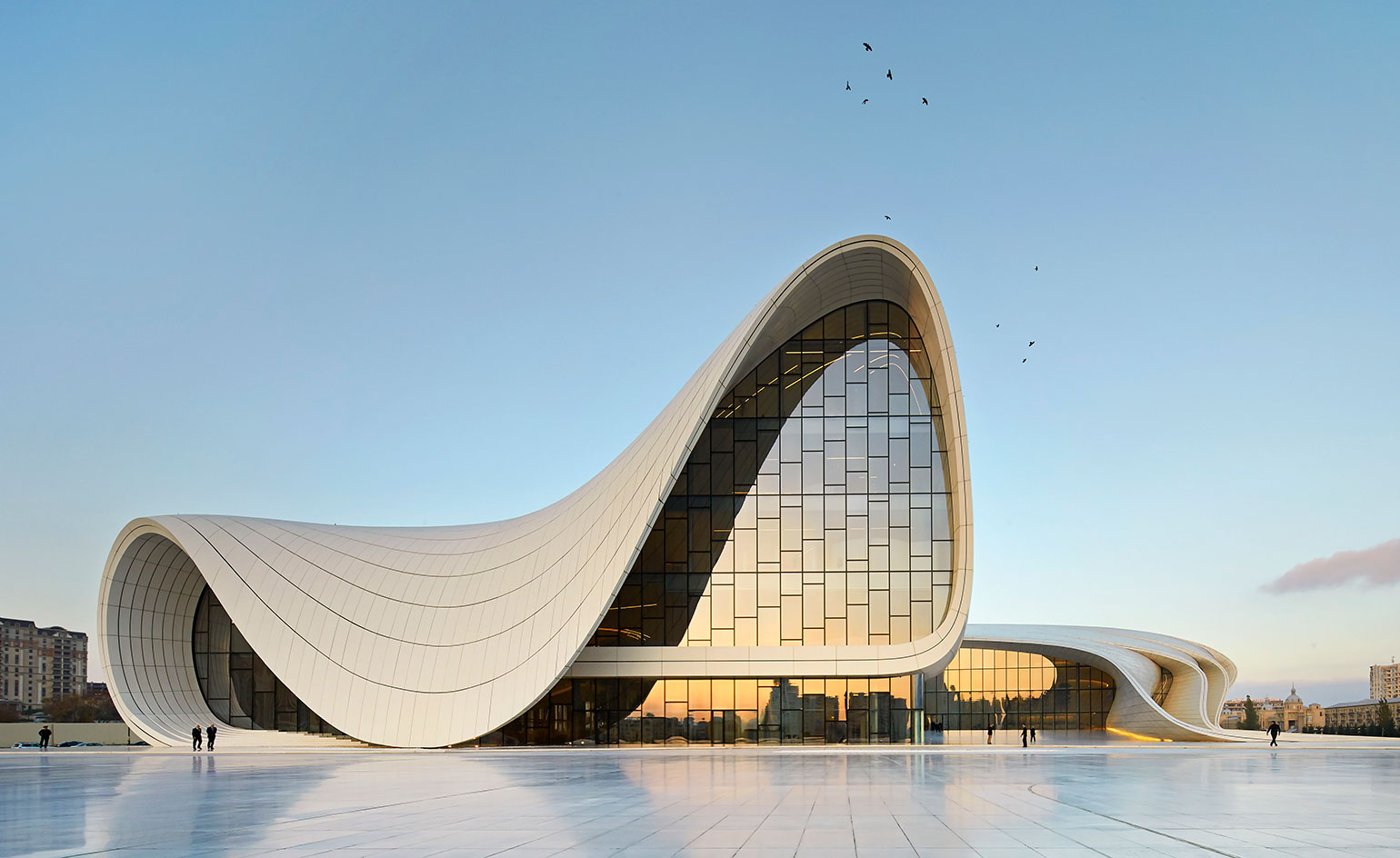
Here, we pay tribute to one of the most significant architectural practitioners of the 20th and 21st centuries. Pictured: Heydar Aliyev Centre in Baku, Azerbaijan (2007–2012).
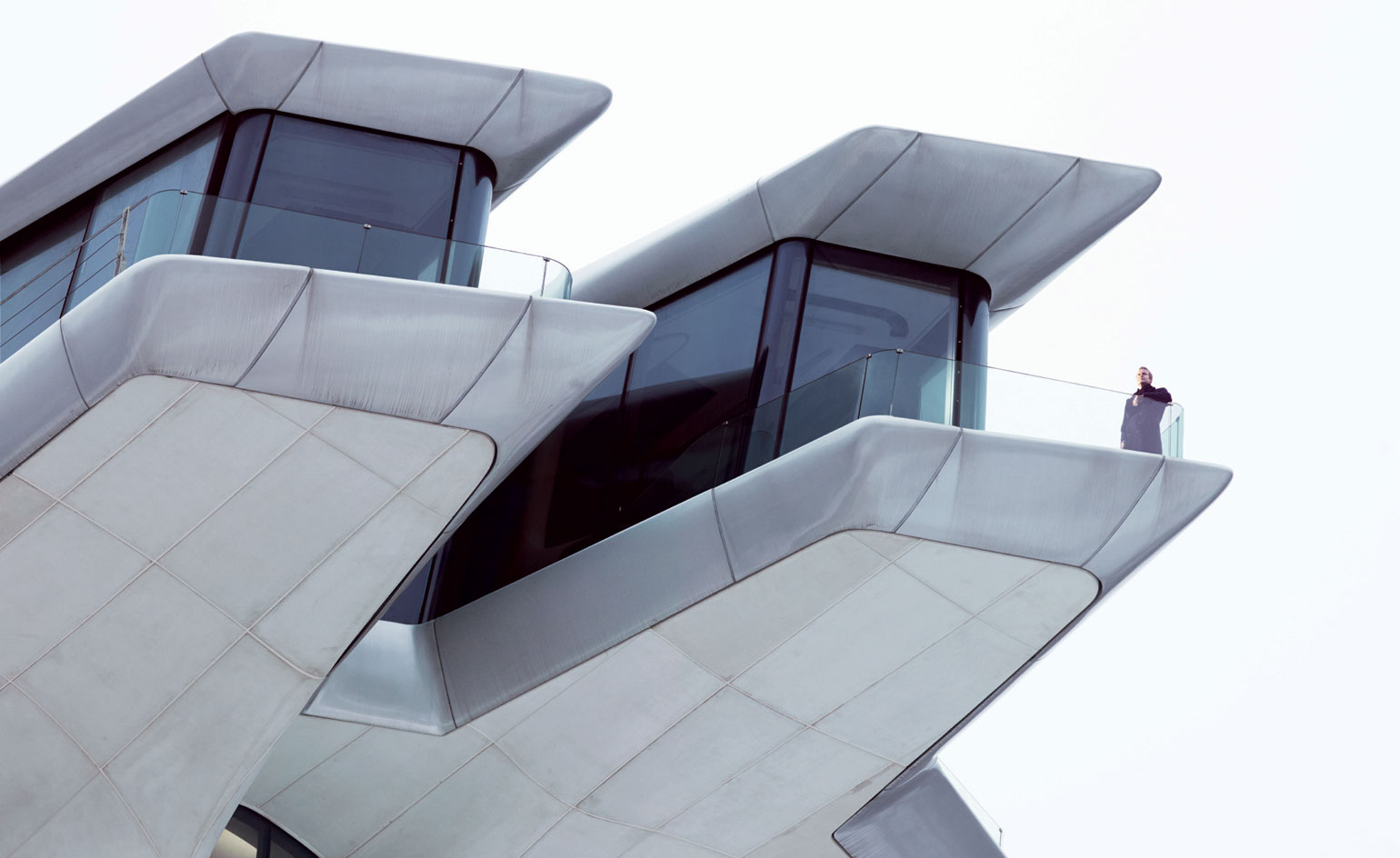
Featured in the April 2015 issue of Wallpaper*, Vladislav Doronin’s $160m Hadid-designed space rocket/private home.

‘People told me it couldn’t be built,’ says Vladislav Doronin of his $160m home. ‘The builders said it couldn’t be built. At times, I thought it couldn’t be built. But Zaha, who is a strong woman, very intelligent, very smart – a genius, in fact – insisted.’
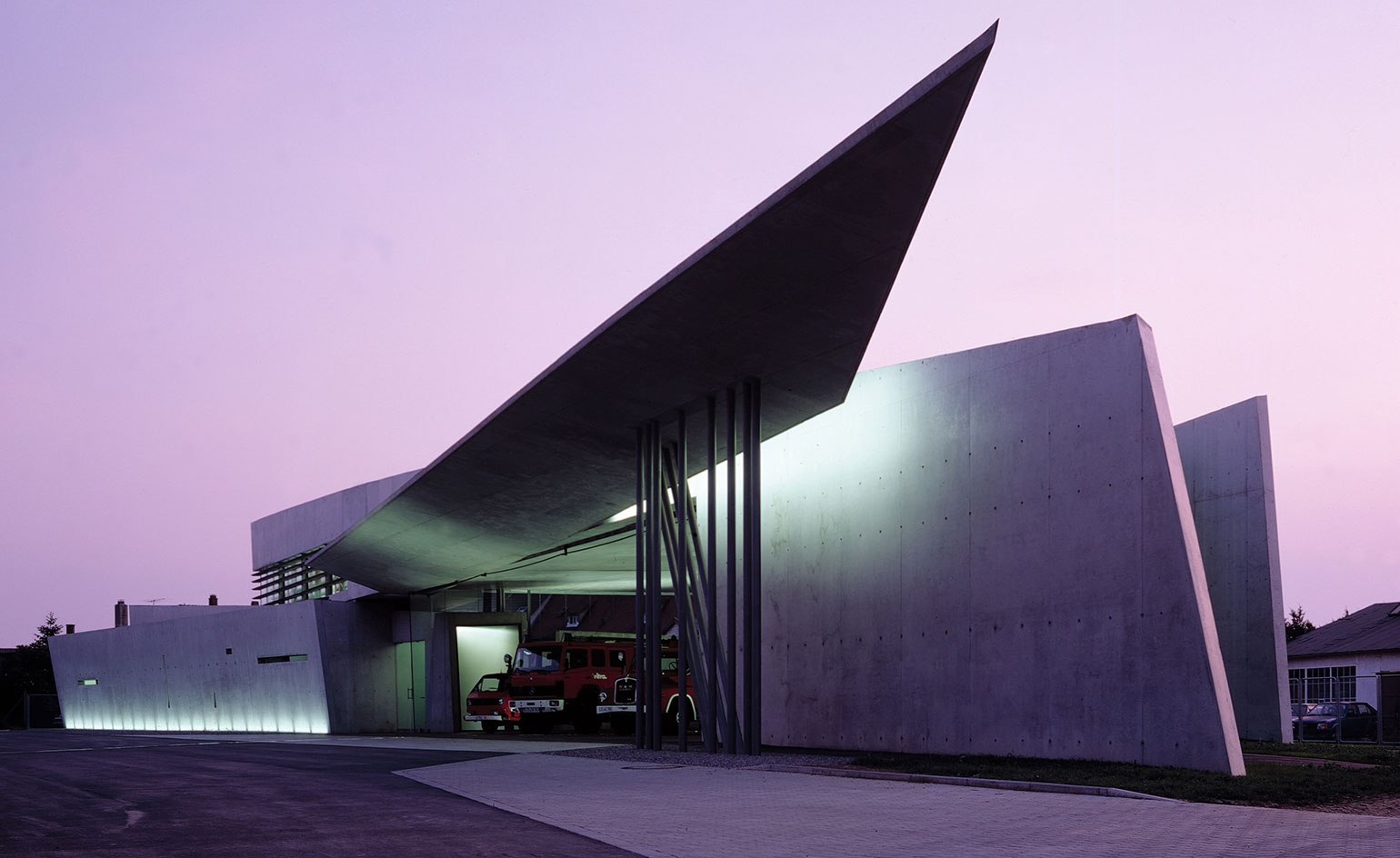
Hadid’s first built project was the fairly modest (in size, at least) Vitra Fire Station in Weil Am Rhein, Germany, completed in 1993.

The 2013 ’Prima’ installation for Swarovski at the Vitra Campus.

Her work stood out for its innovative approach, mesmerising curves and beauty, that was simultaneously poetic and revolutionary. Pictured: Hadid’s Serpentine Gallery
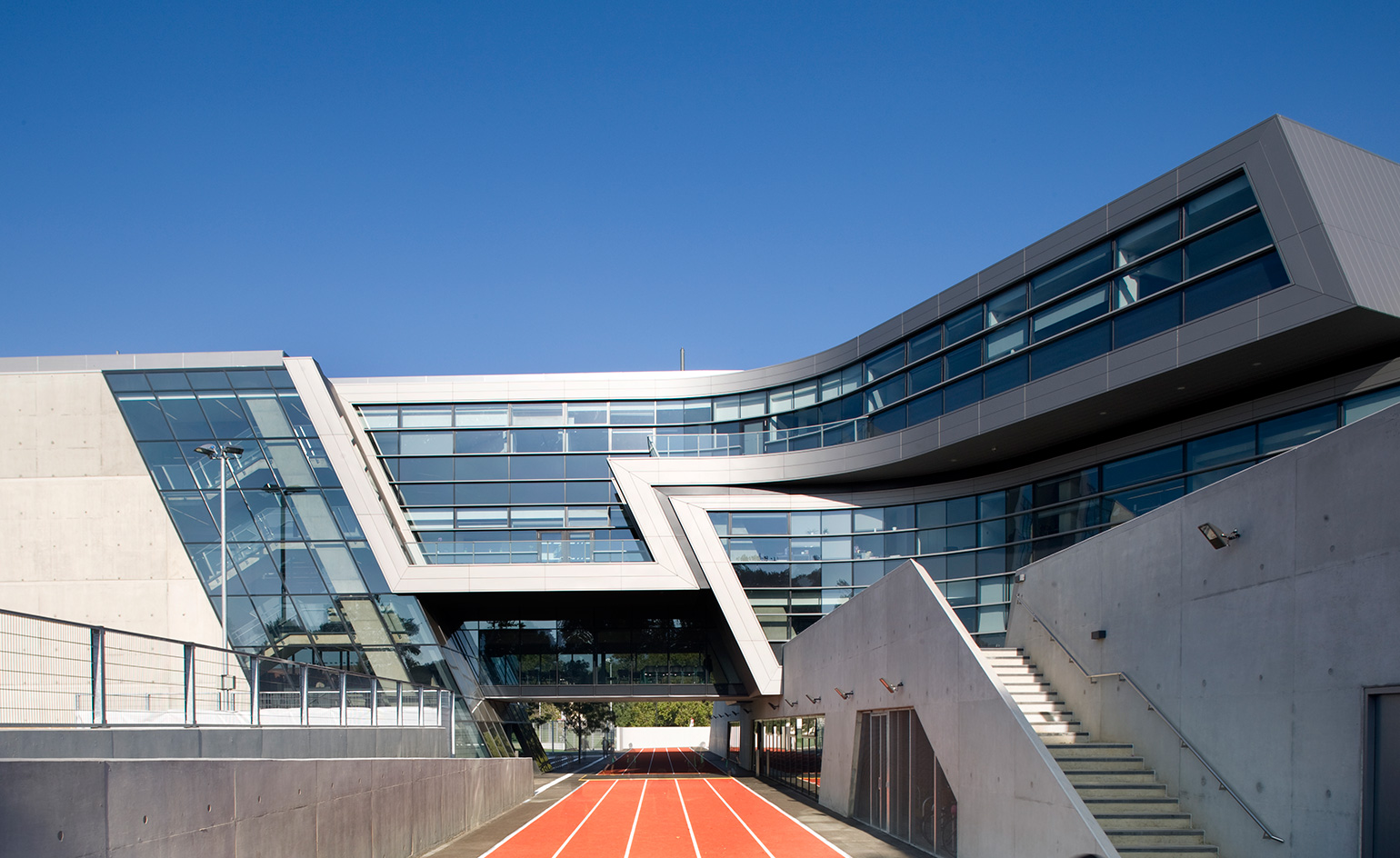
Her own practice, Zaha Hadid Architects, was set up almost straight after graduation, in 1979, following a two-year period at the Office of Metropolitan Architecture (OMA). Pictured: Evelyn Grace Academy, London
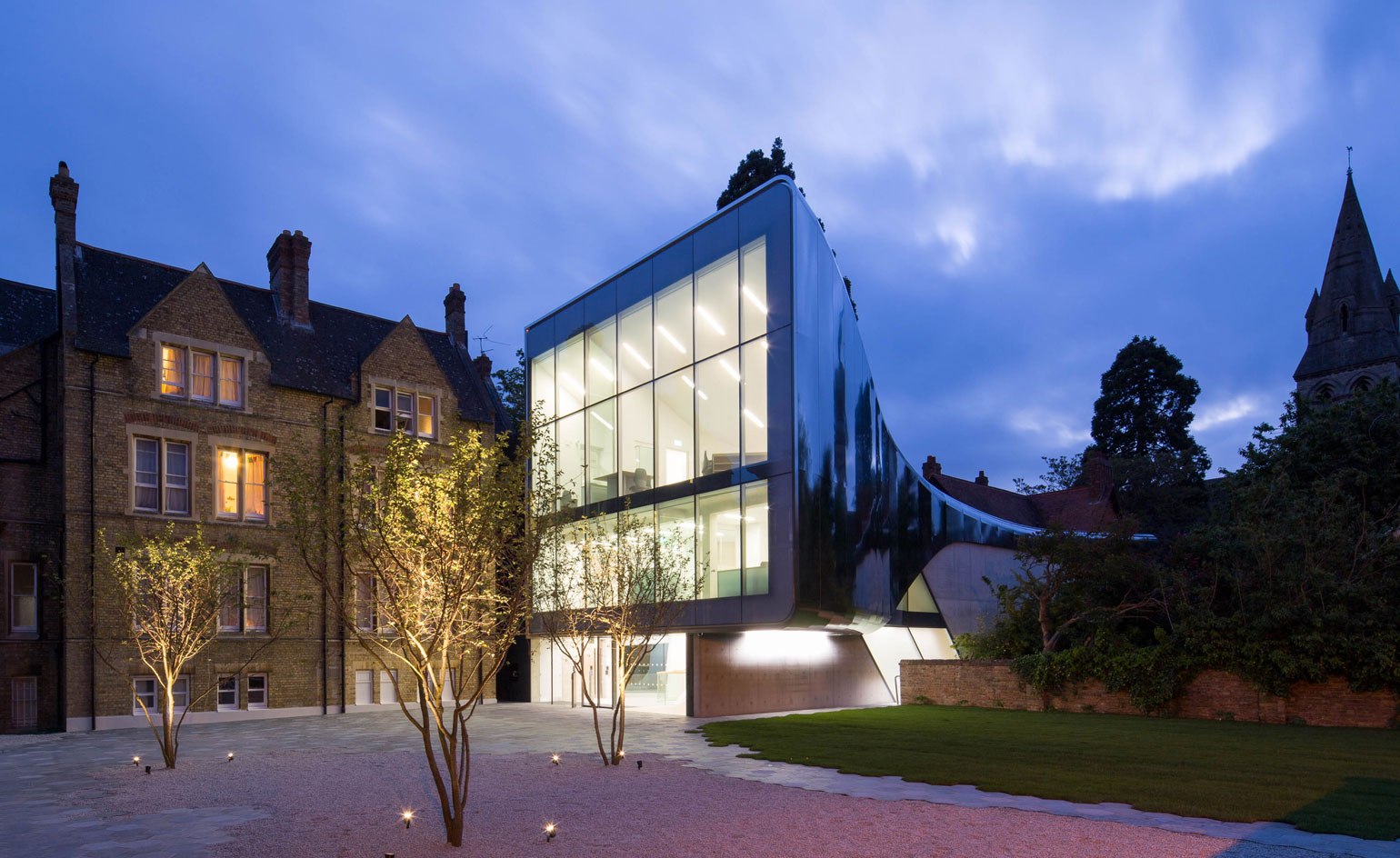
The Middle East Centre at St Antony’s College, Oxford

BMW Central Building in Leipzig, Germany (2005).
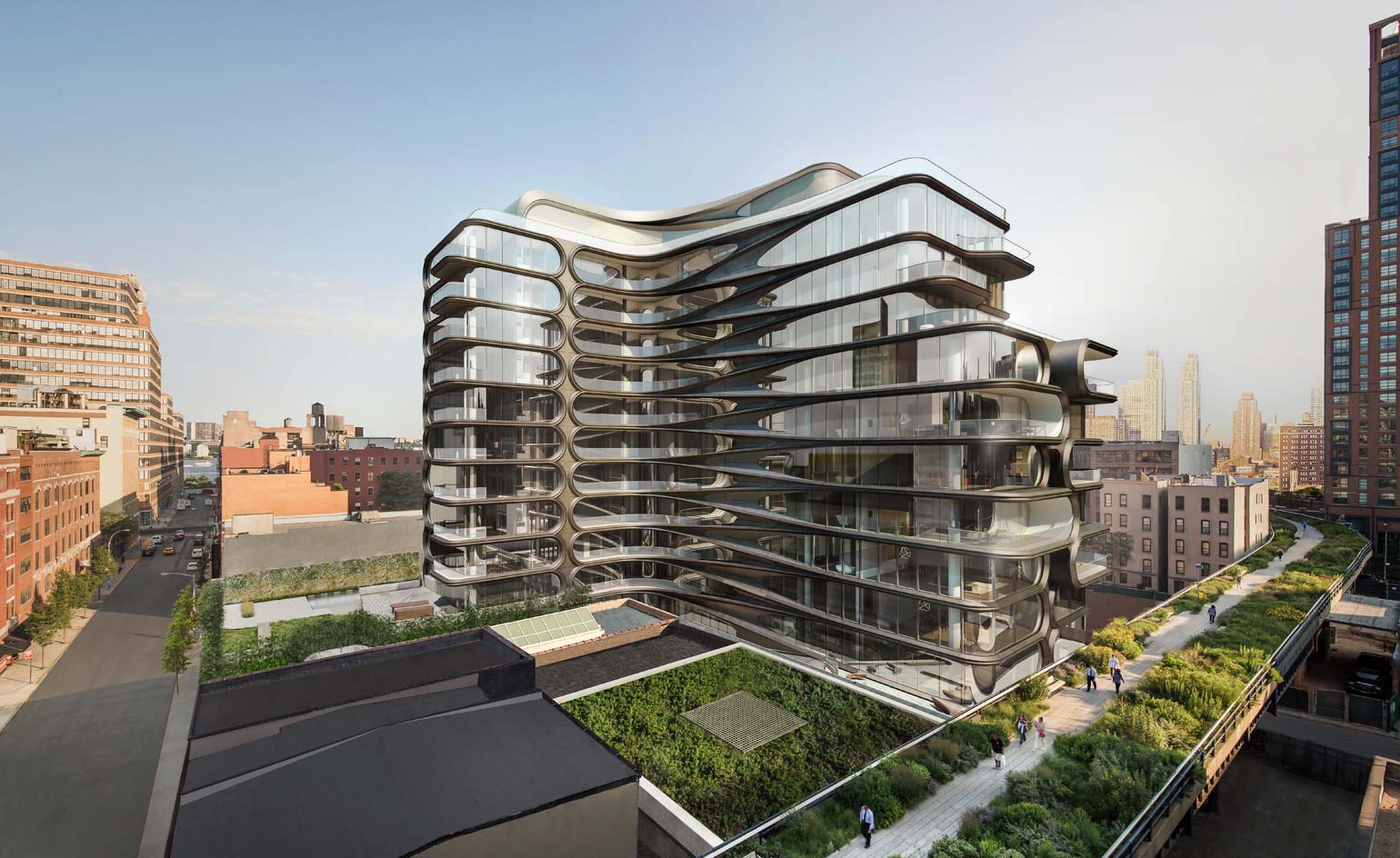
520 West 28th Street was Zaha Hadid’s first residential build in New York City, due to be completed in June 2016
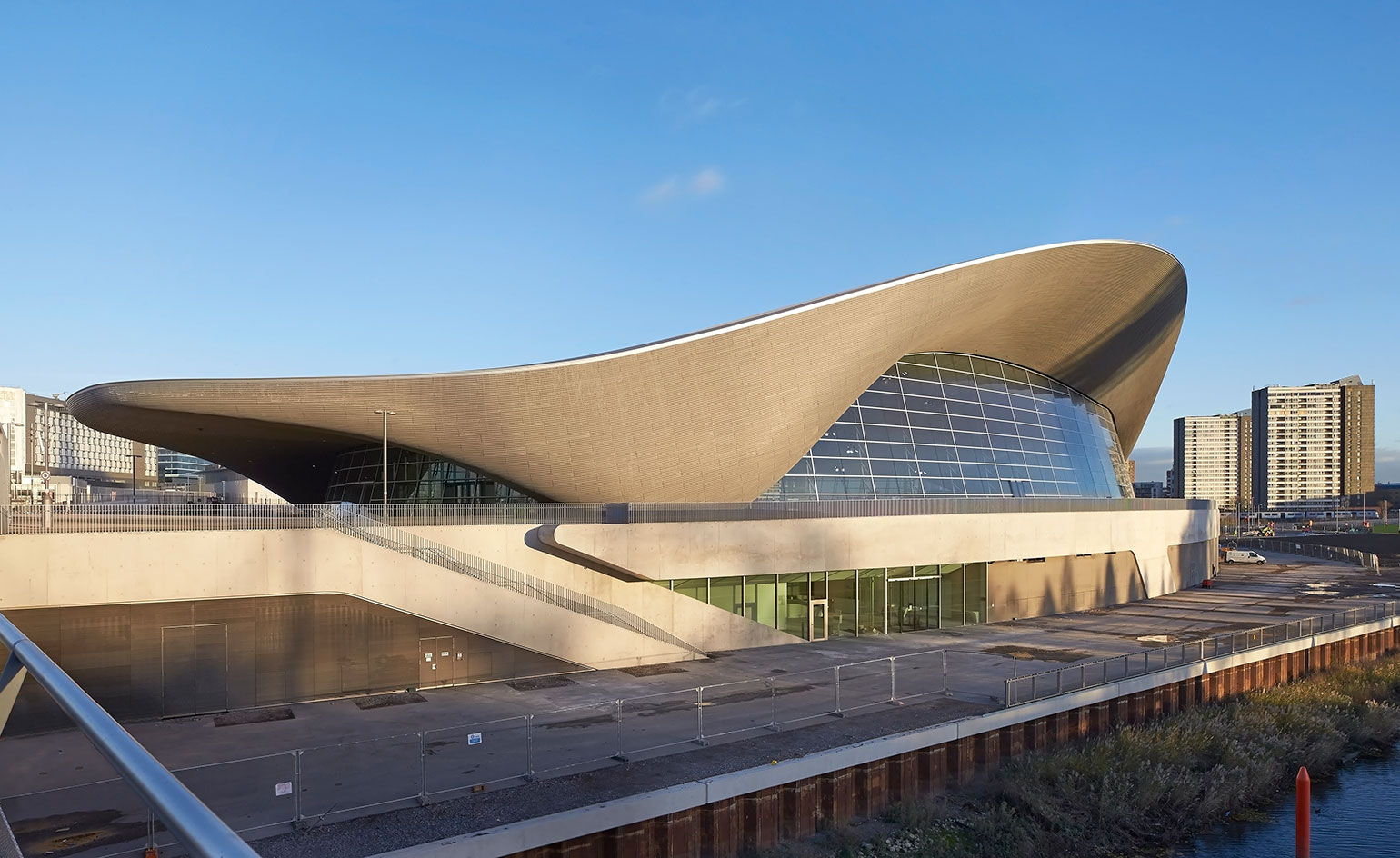
London Aquatics Centre, built for the 2012 Olympic Games (2005–2011)
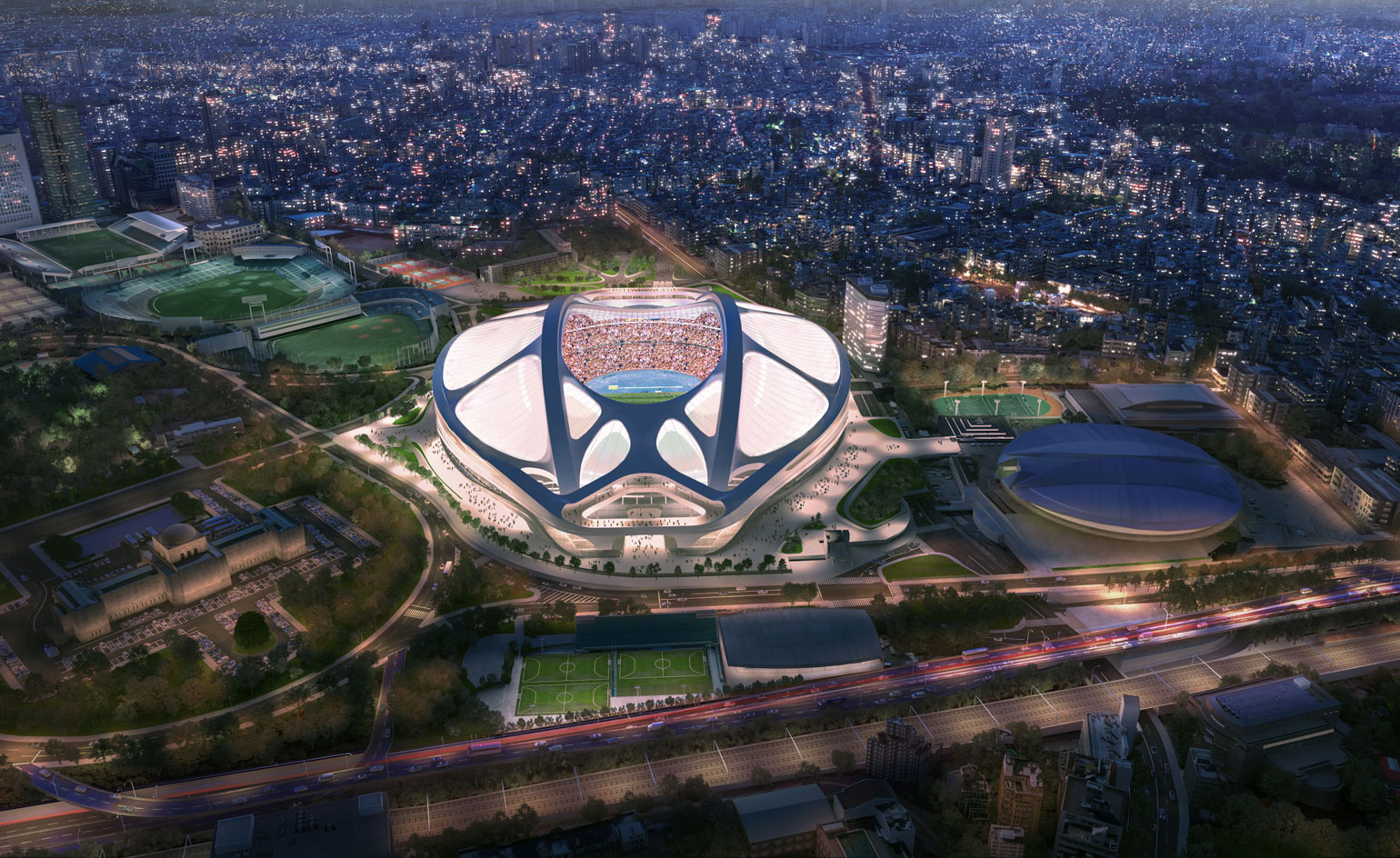
New National Stadium, Japan
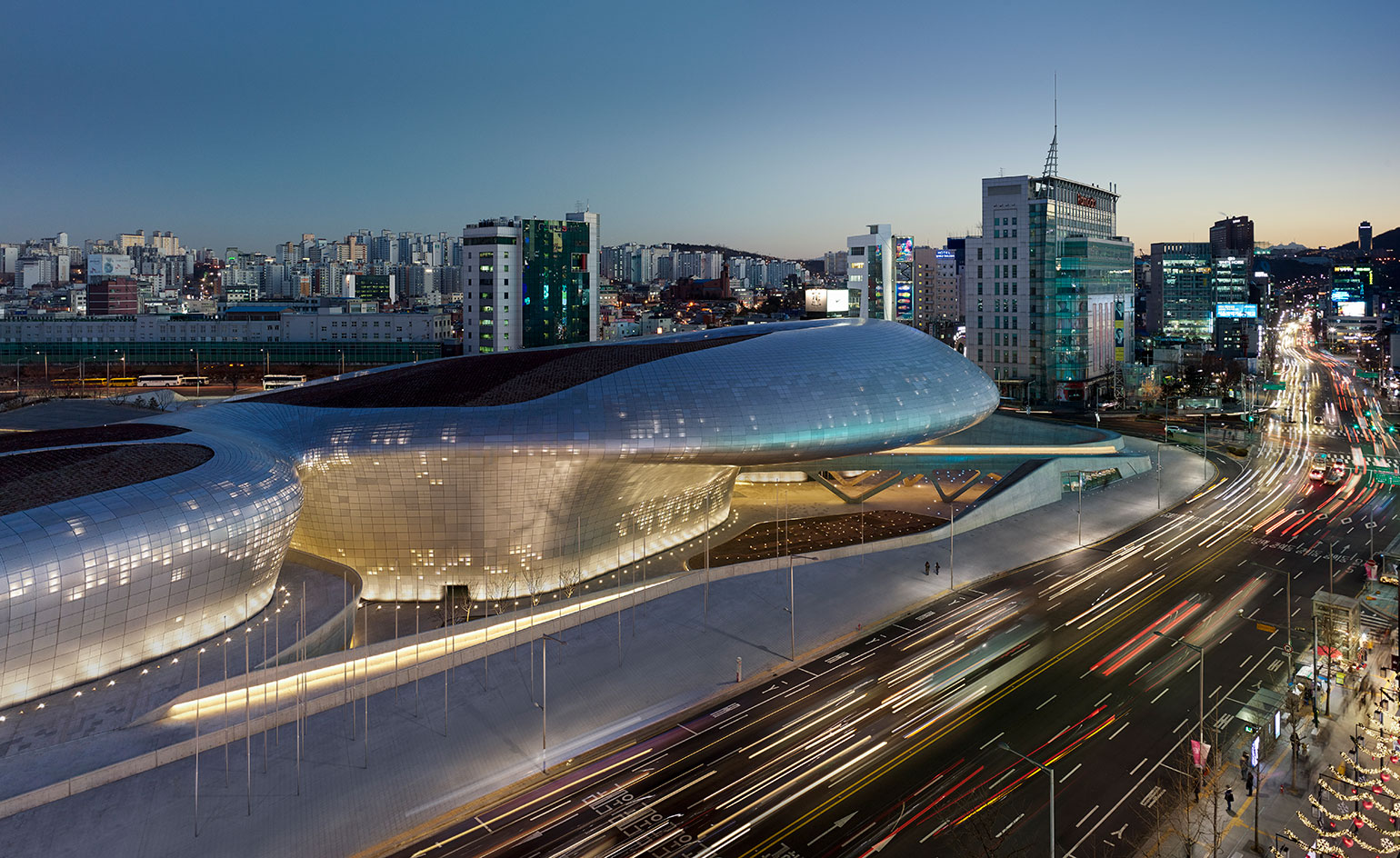
Phaeno Science Centre in Wolfsburg, Germany (2000–2005).

Dongdaemun Design Park & Plaza in Seoul, South Korea (2007–2013)
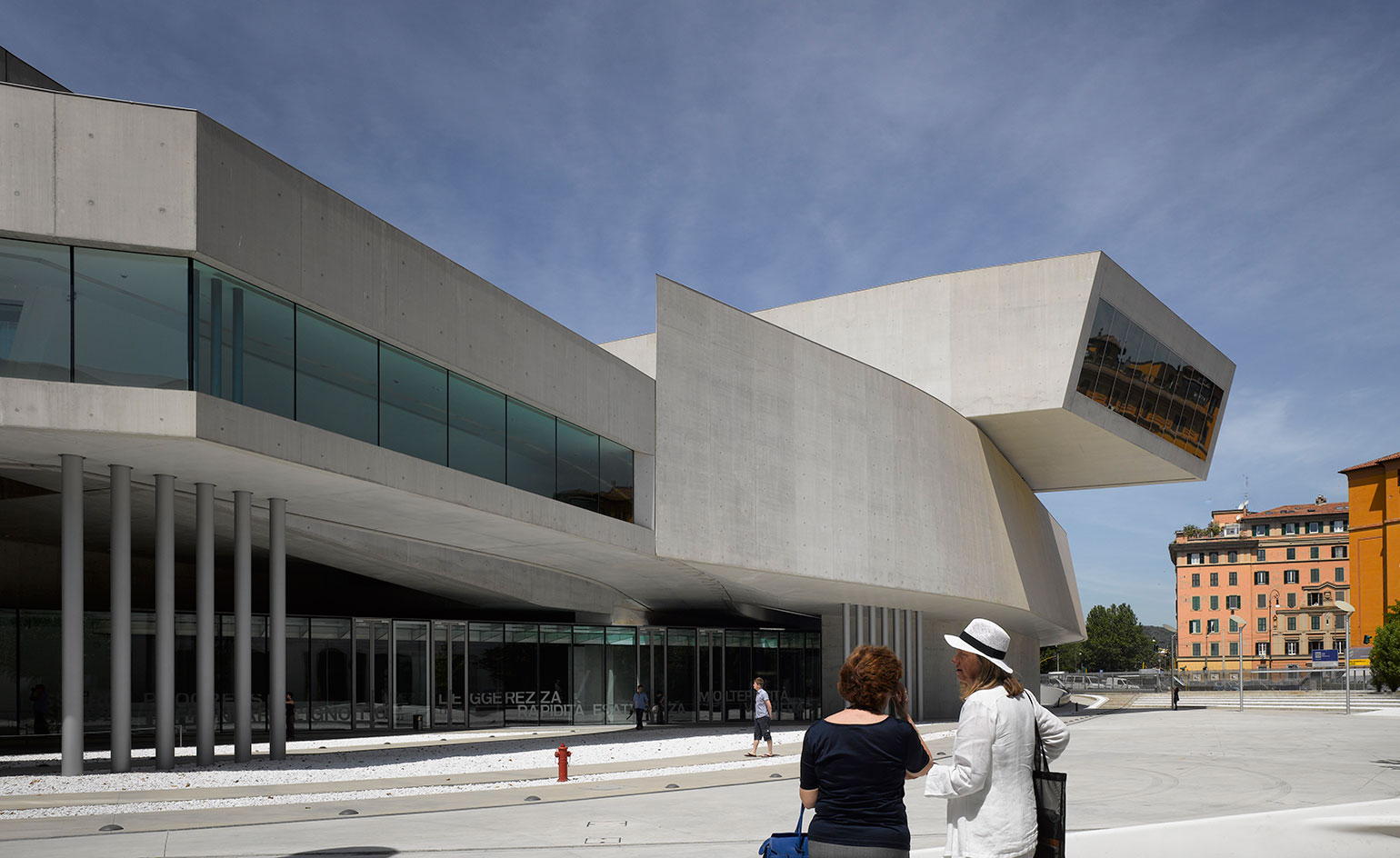
MAXXI: Museum of XXI Century Art in Rome, Italy (1998–2009).
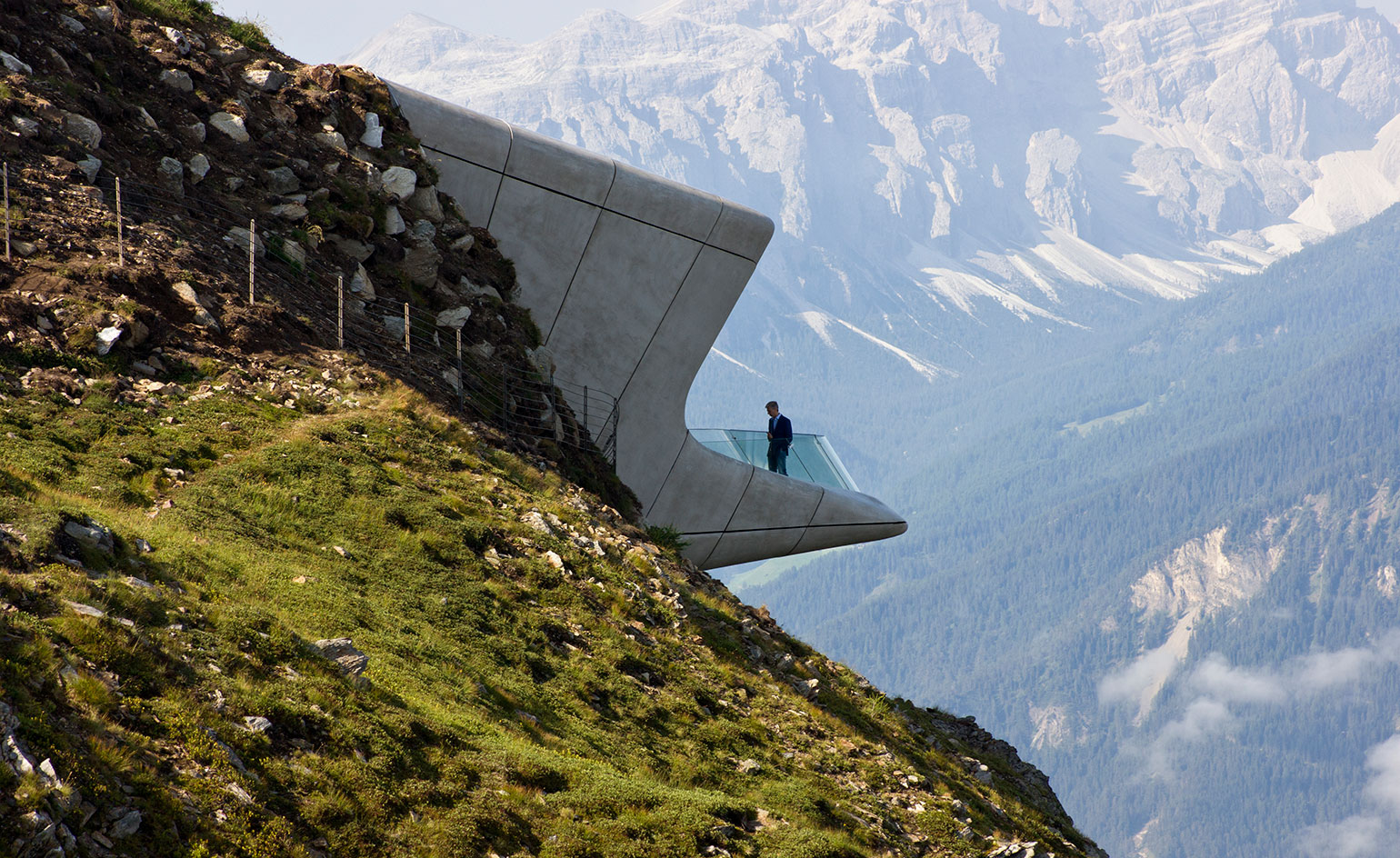
Messner Mountain Museum, Mount Kronplatz, the Dolomites.
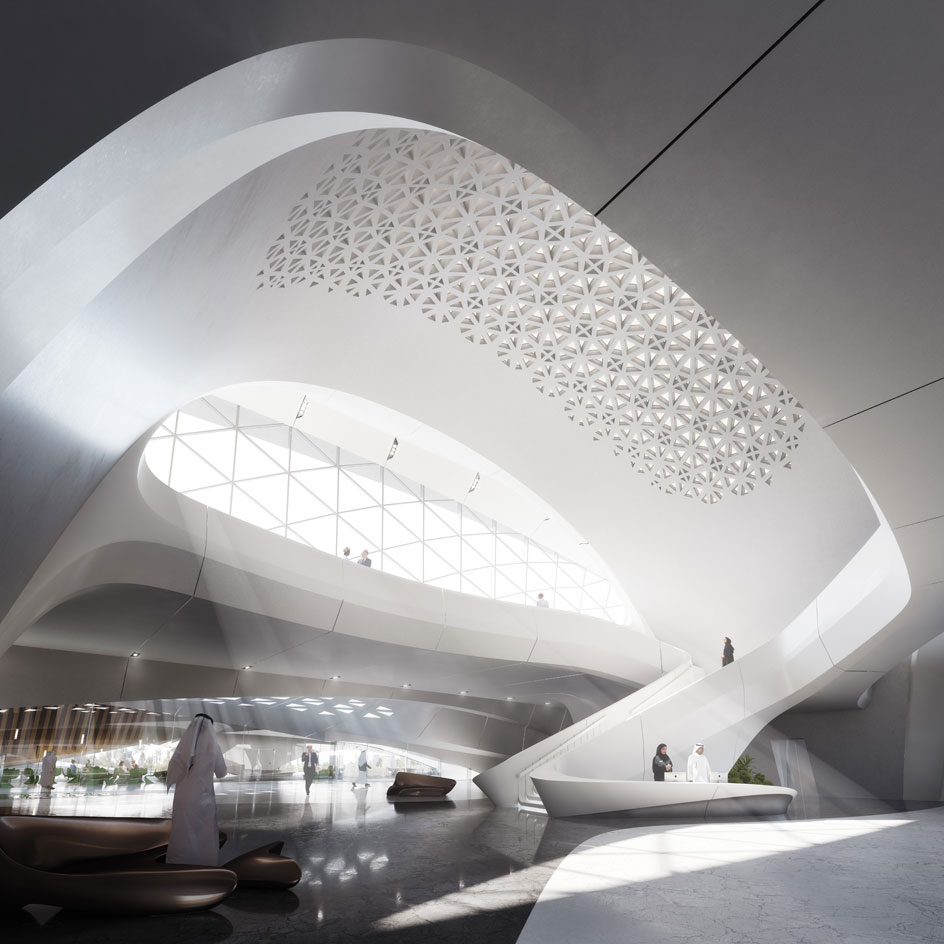
Sleuk Rith Institute in Phnom Penh, Cambodia
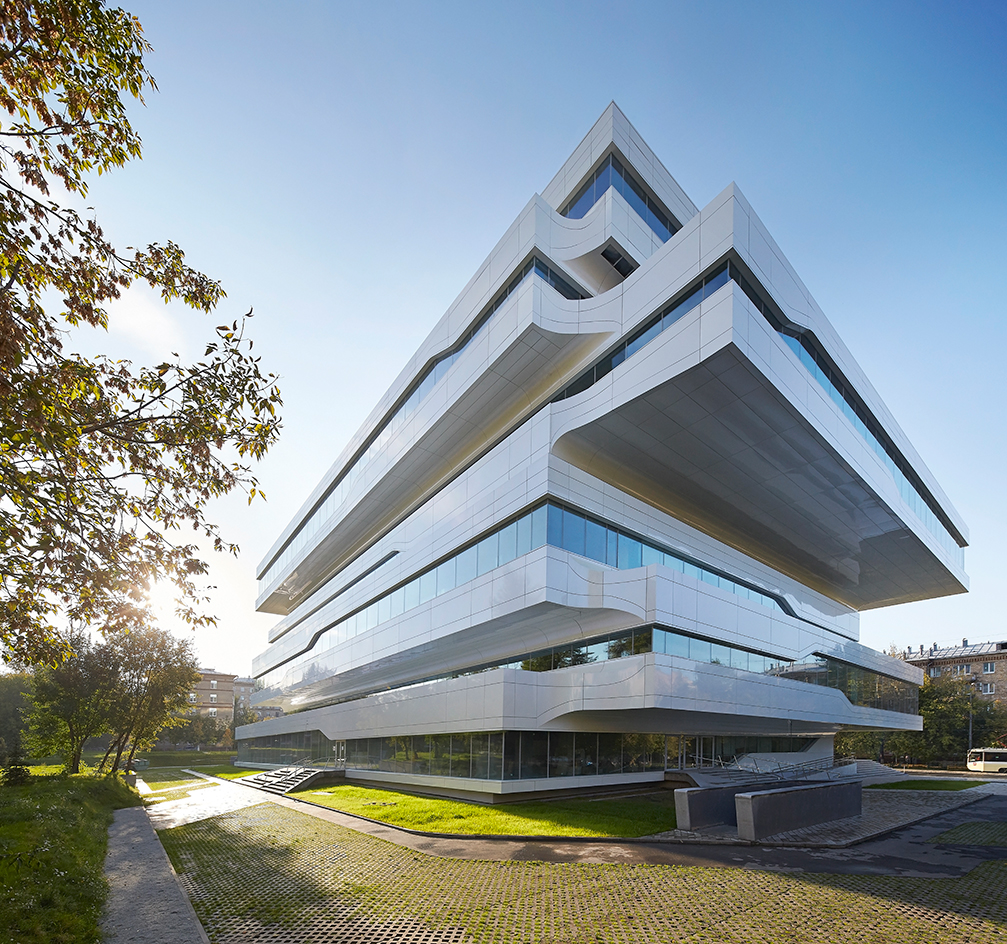
Dominion Tower in Moscow.

Dominion Tower in Moscow.
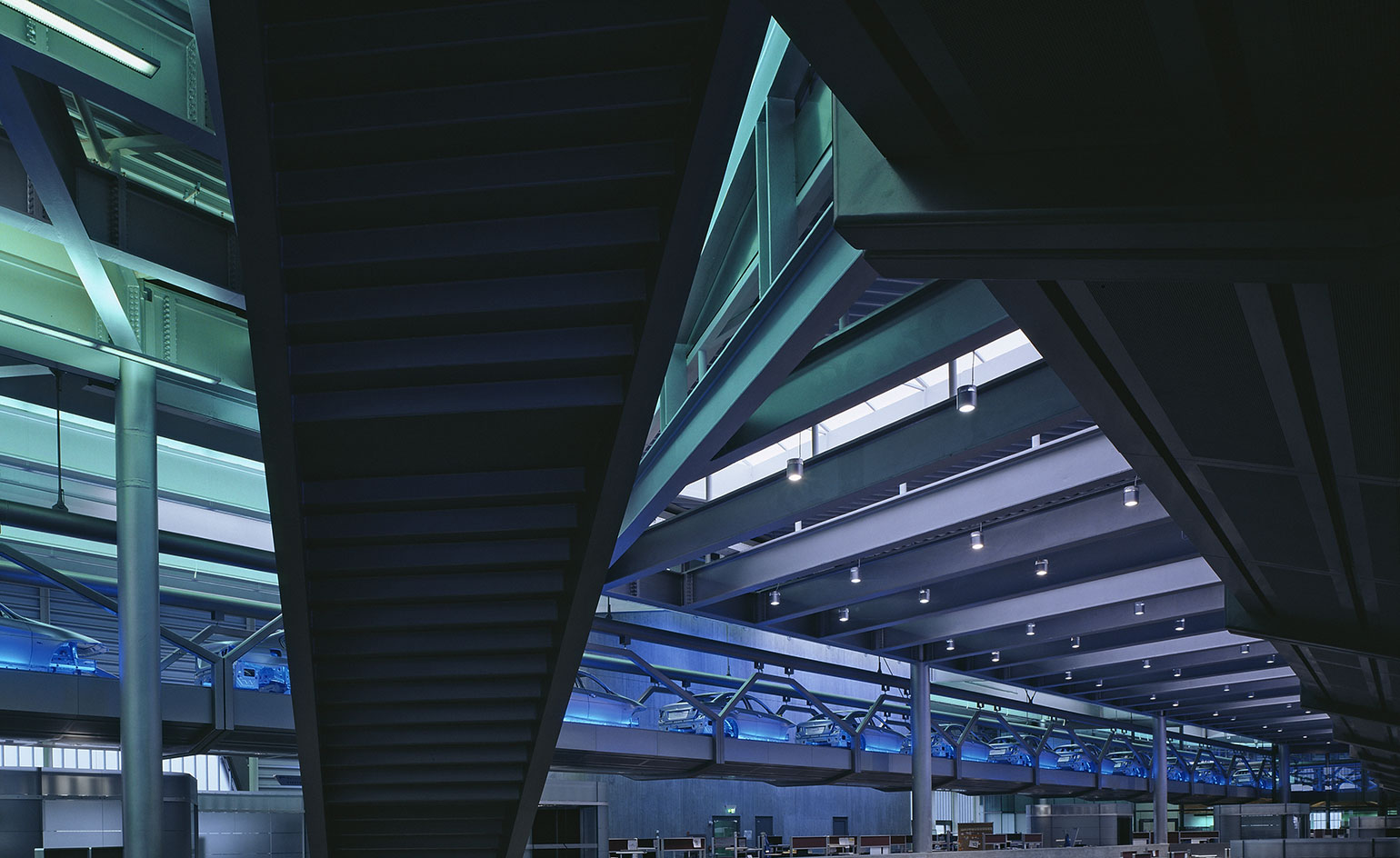
BMW Central Building, Leipzig, Germany.
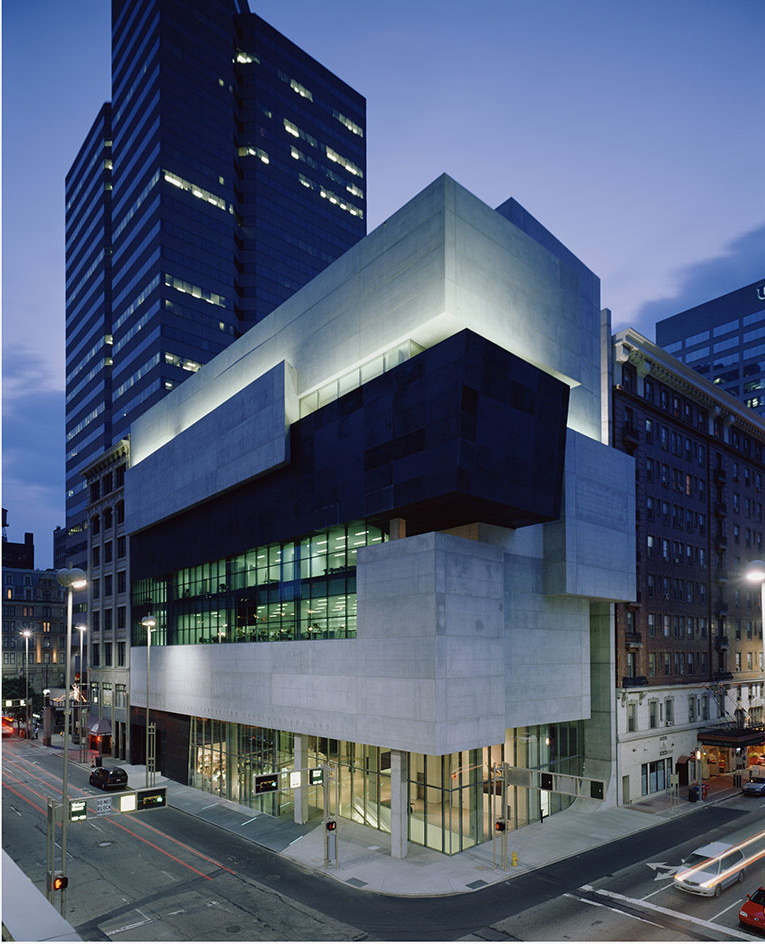
Contemporary Arts Centre, Cincinnati.
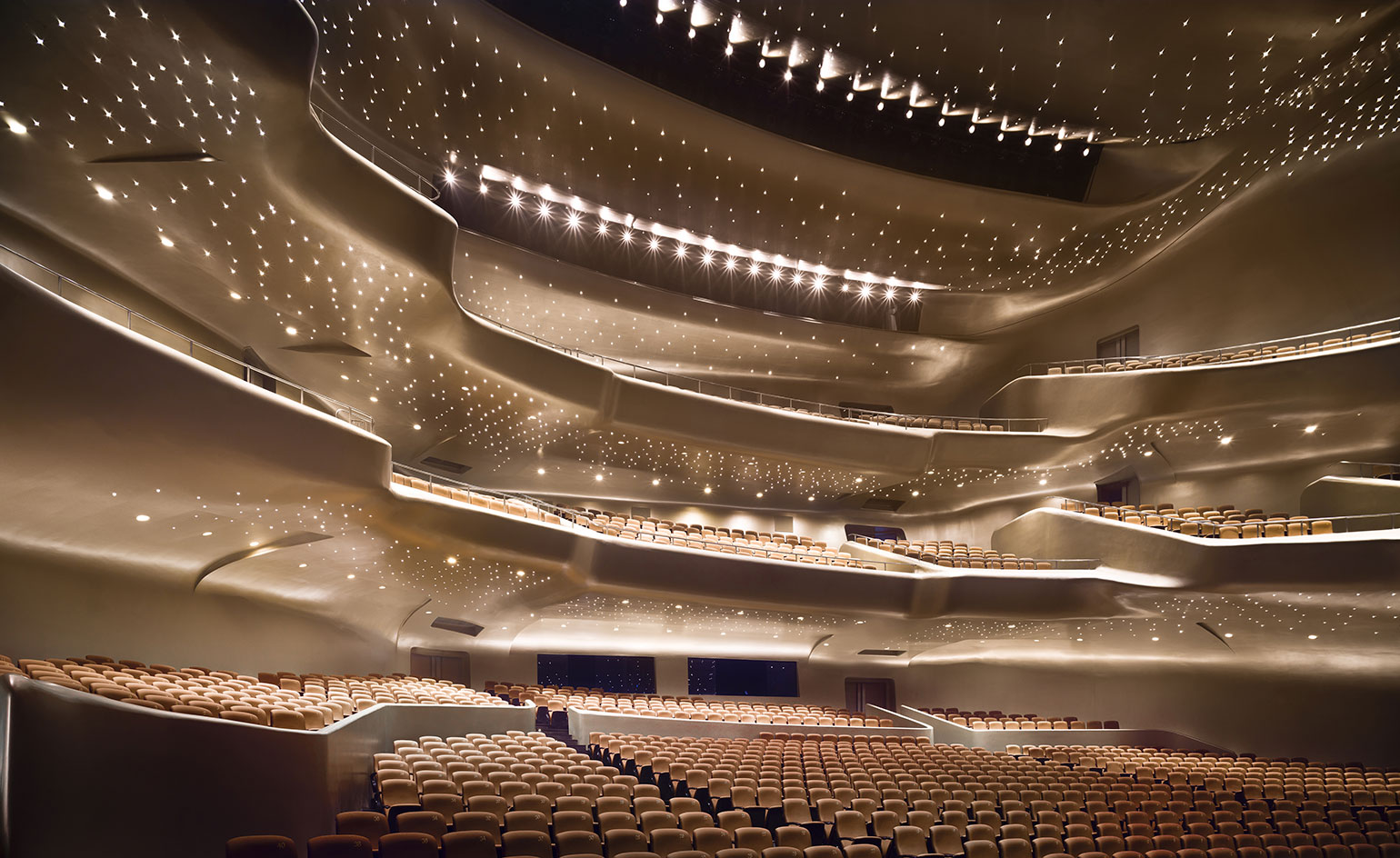
Guangzhou Opera House, Guangzhou.
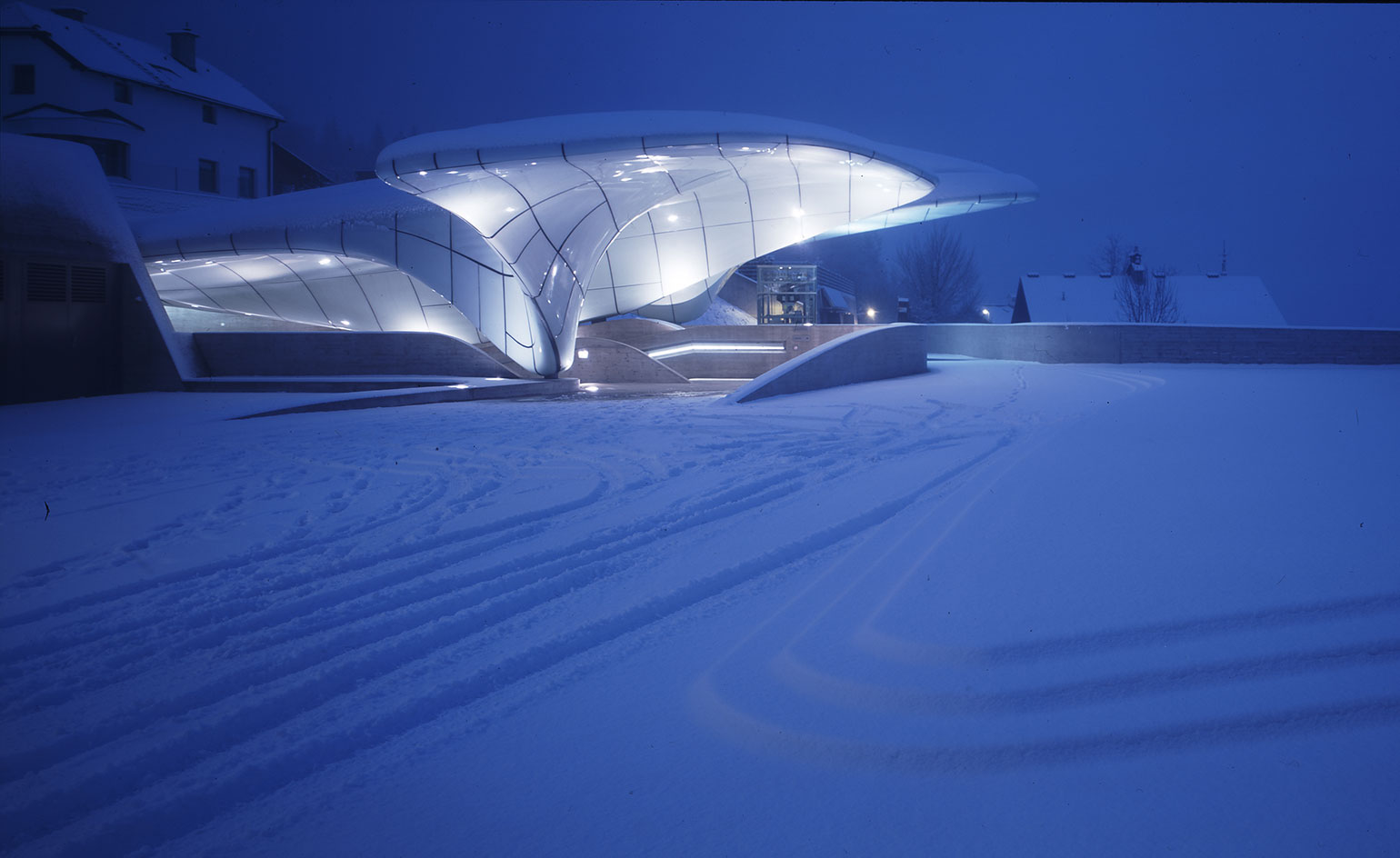
Nordpark Railway Stations, Hungerburg Station, Innsbruck

Jockey Club Innovation Tower at Hong Kong Polytechnic University.
Receive our daily digest of inspiration, escapism and design stories from around the world direct to your inbox.
Ellie Stathaki is the Architecture & Environment Director at Wallpaper*. She trained as an architect at the Aristotle University of Thessaloniki in Greece and studied architectural history at the Bartlett in London. Now an established journalist, she has been a member of the Wallpaper* team since 2006, visiting buildings across the globe and interviewing leading architects such as Tadao Ando and Rem Koolhaas. Ellie has also taken part in judging panels, moderated events, curated shows and contributed in books, such as The Contemporary House (Thames & Hudson, 2018), Glenn Sestig Architecture Diary (2020) and House London (2022).
-
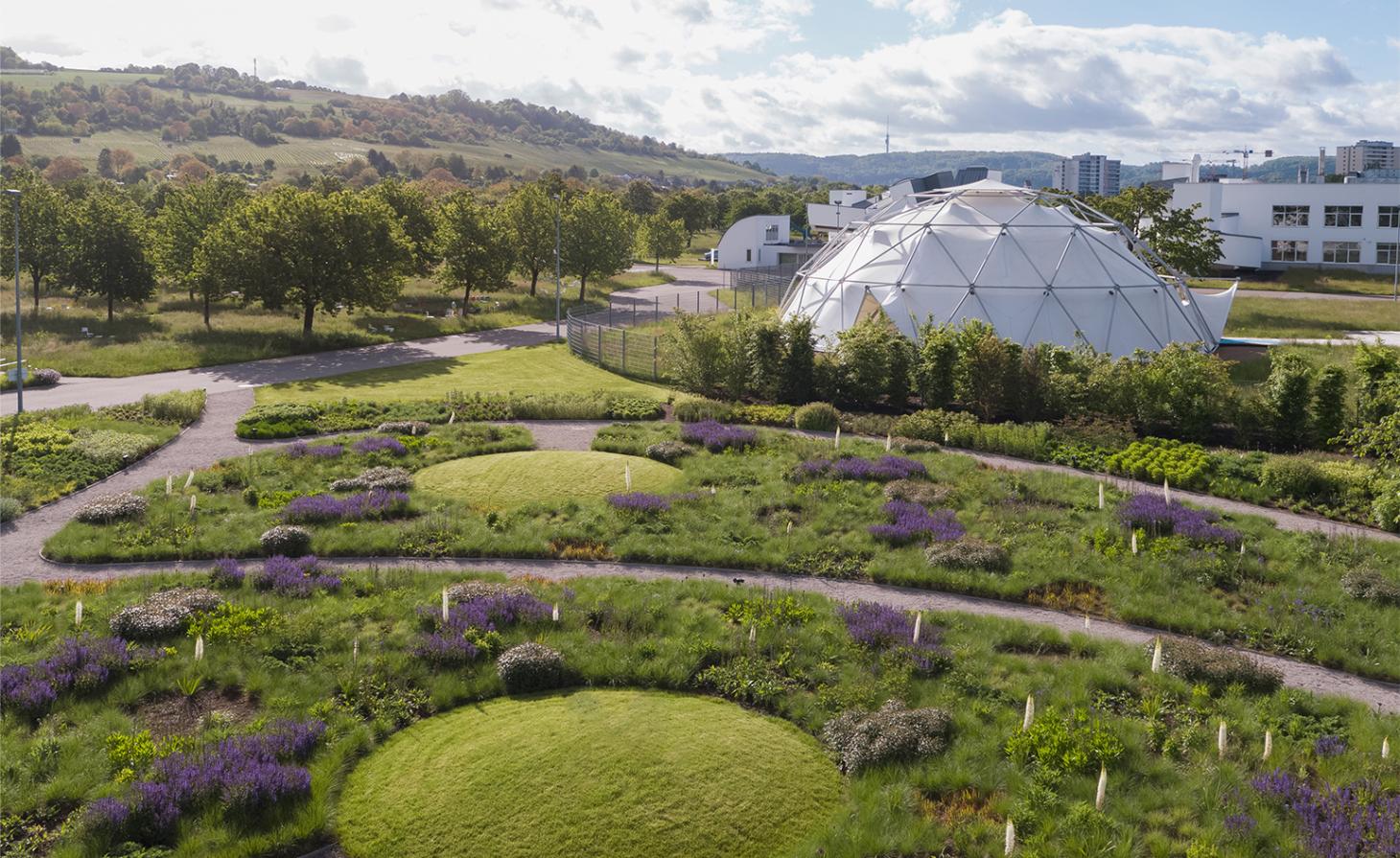 Piet Oudolf is the world’s meadow-garden master: tour his most soul-soothing outdoor spaces
Piet Oudolf is the world’s meadow-garden master: tour his most soul-soothing outdoor spacesPiet Oudolf is one of the most impactful contemporary masters of landscape and garden design; explore our ultimate guide to his work
-
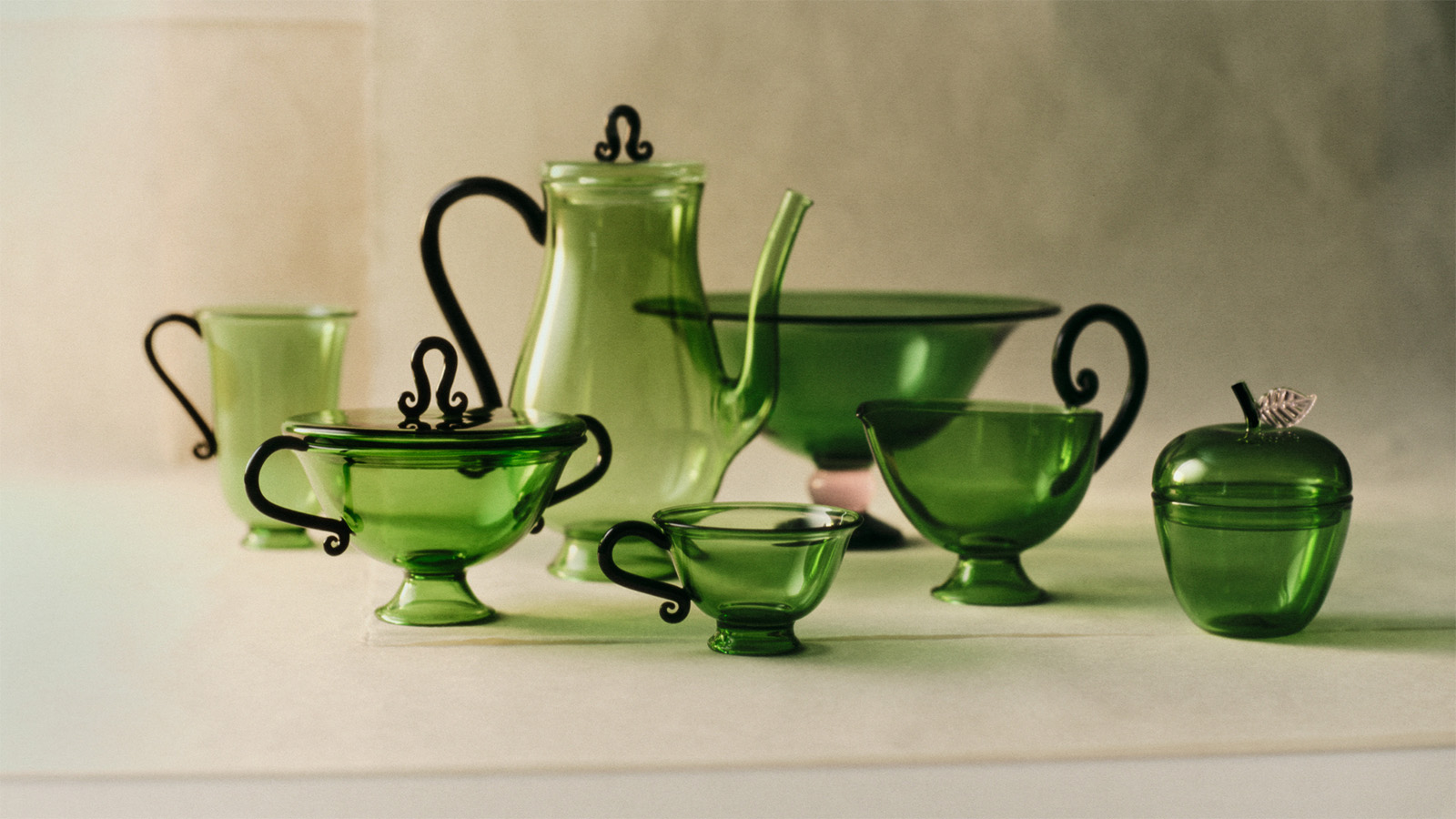 Sophie Lou Jacobsen’s glass tableware is fit for a hotel-style breakfast at home
Sophie Lou Jacobsen’s glass tableware is fit for a hotel-style breakfast at homeThe French-American designer unveils her ‘Continental Collection’, a playful and elegant take on classic breakfast tableware
-
 Hanker after a 1970s supercar? The Encor Series 1 elevates the Lotus Esprit to a new level
Hanker after a 1970s supercar? The Encor Series 1 elevates the Lotus Esprit to a new levelThis limited-edition remastering of the dramatic wedge-shaped Lotus Esprit stops at nothing to improve and enhance the original without losing sight of its analogue excellence
-
 Honouring visionary landscape architect Kongjian Yu (1963-2025)
Honouring visionary landscape architect Kongjian Yu (1963-2025)Kongjian Yu, the renowned landscape architect and founder of Turenscape, has died; we honour the multi-award-winning creative’s life and work
-
 Oystra is ZHA’s sculptural vision for living in the United Arab Emirates
Oystra is ZHA’s sculptural vision for living in the United Arab EmiratesMeet the team translating ZHA’s bold concept for the new development into ‘a community elevated by architecture’ – Dewan Architects + Engineers and developer Richmind
-
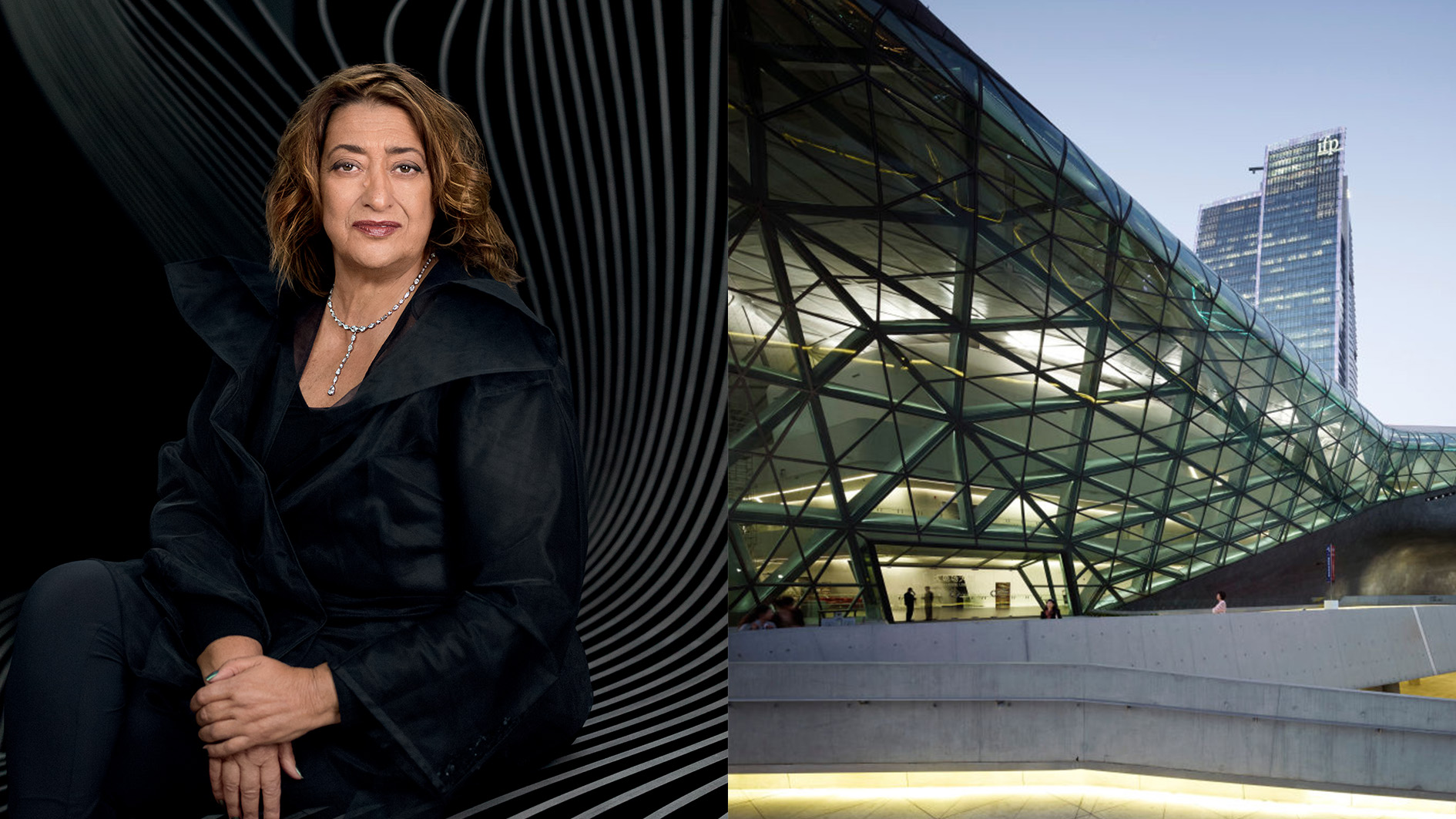 The Zaha Hadid Foundation announces a new programme to support emerging architects
The Zaha Hadid Foundation announces a new programme to support emerging architectsThe Zaha Hadid Scholars Program will fully fund two architecture students per year for the duration of their studies at the American University of Beirut
-
 Zaha Hadid Architects’ spaceship-like Shenzhen Science and Technology Museum is now open
Zaha Hadid Architects’ spaceship-like Shenzhen Science and Technology Museum is now openLast week, ZHA announced the opening of its latest project: a museum in Shenzhen, China, dedicated to the power of technological advancements. It was only fitting, therefore, that the building design should embrace innovation
-
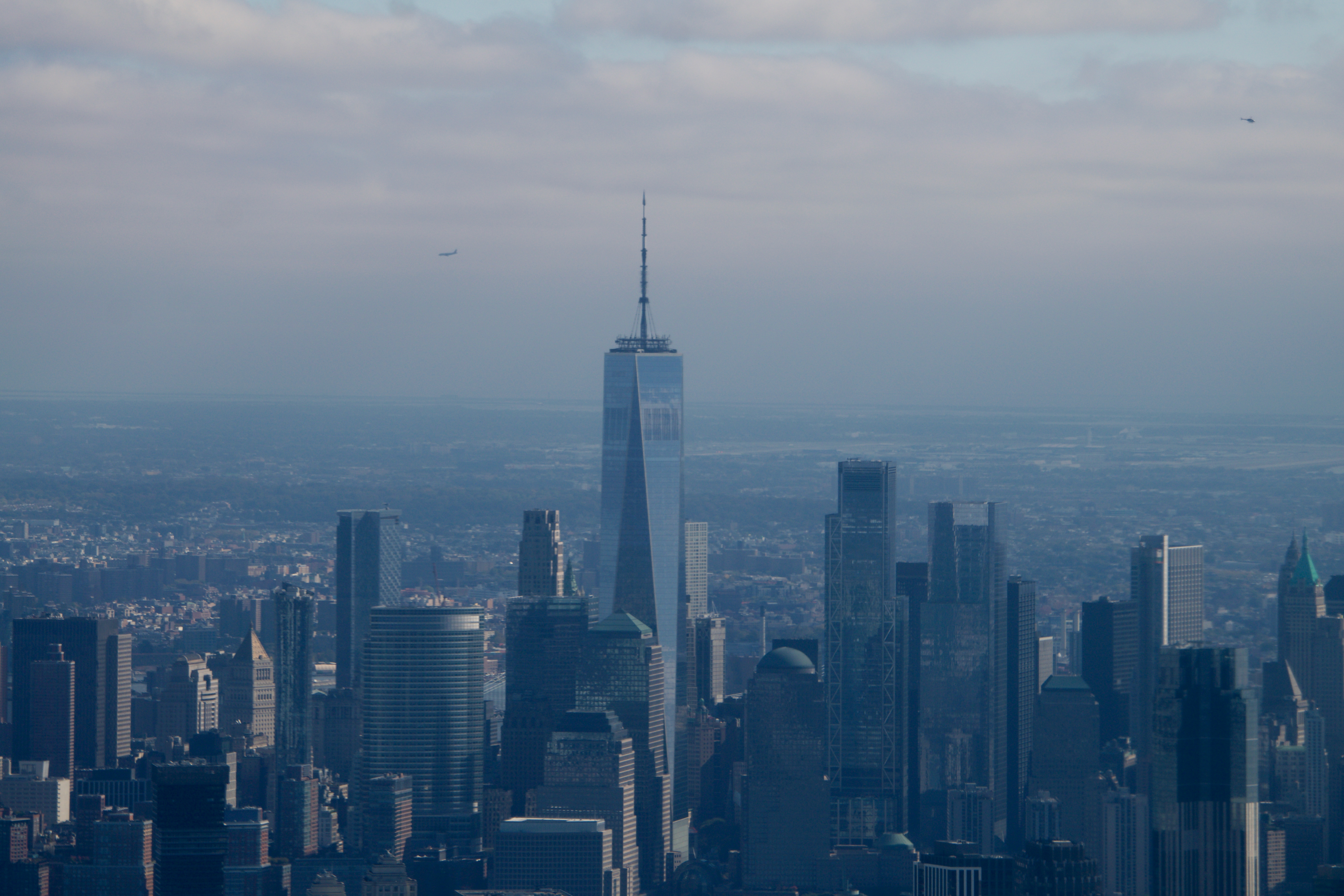 Remembering architect David M Childs (1941-2025) and his New York skyline legacy
Remembering architect David M Childs (1941-2025) and his New York skyline legacyDavid M Childs, a former chairman of architectural powerhouse SOM, has passed away. We celebrate his professional achievements
-
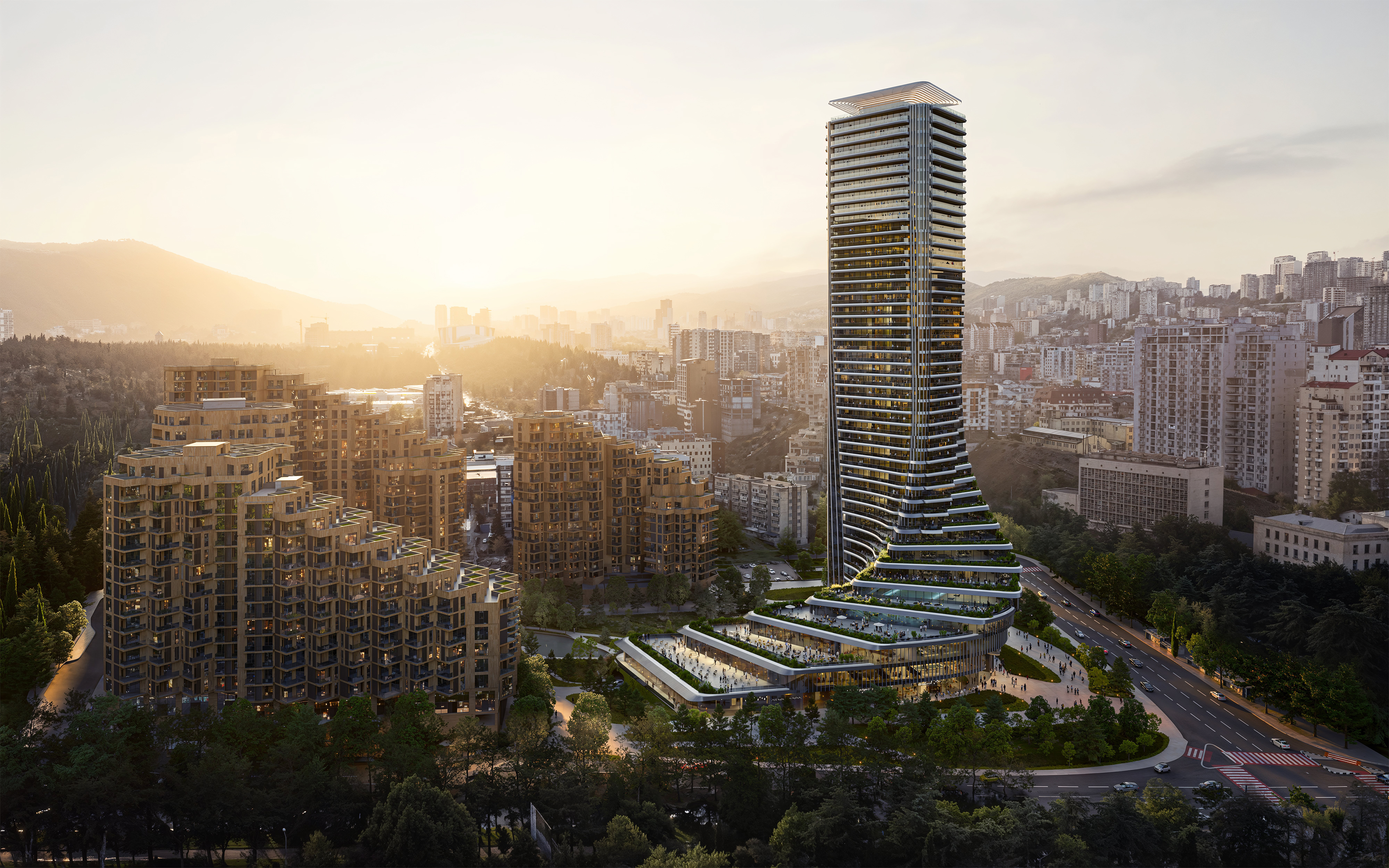 The upcoming Zaha Hadid Architects projects set to transform the horizon
The upcoming Zaha Hadid Architects projects set to transform the horizonA peek at Zaha Hadid Architects’ future projects, which will comprise some of the most innovative and intriguing structures in the world
-
 Remembering architect Ricardo Scofidio (1935 – 2025)
Remembering architect Ricardo Scofidio (1935 – 2025)Ricardo Scofidio, seminal architect and co-founder of Diller Scofidio + Renfro, has died, aged 89; we honour his passing and celebrate his life
-
 Zaha Hadid Architects reveals plans for a futuristic project in Shaoxing, China
Zaha Hadid Architects reveals plans for a futuristic project in Shaoxing, ChinaThe cultural and arts centre looks breathtakingly modern, but takes cues from the ancient history of Shaoxing